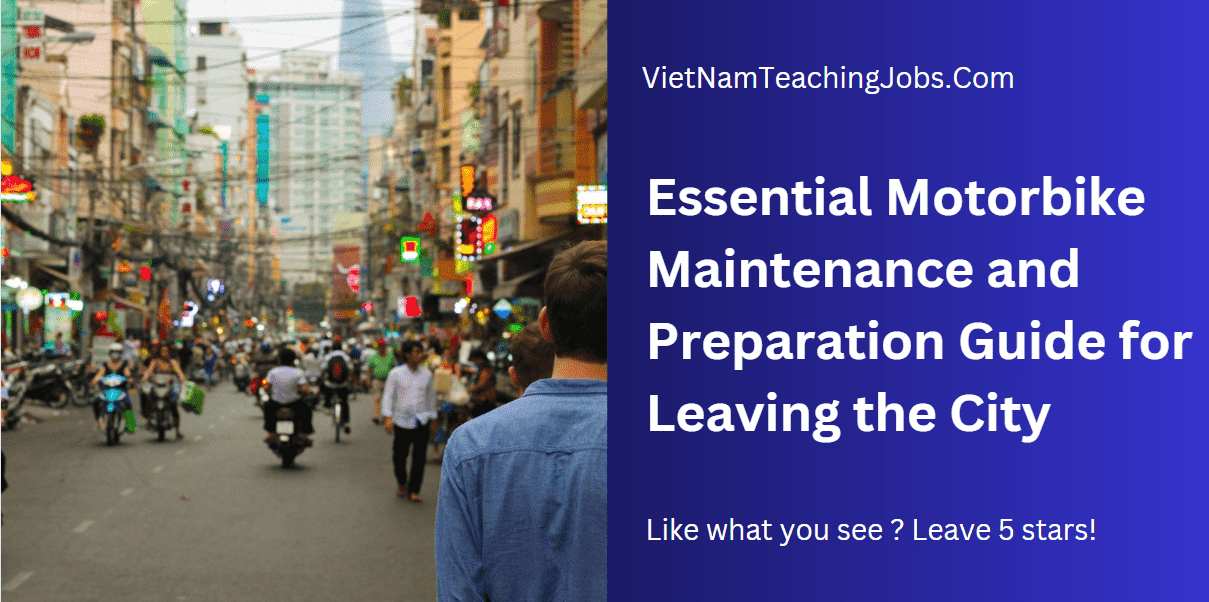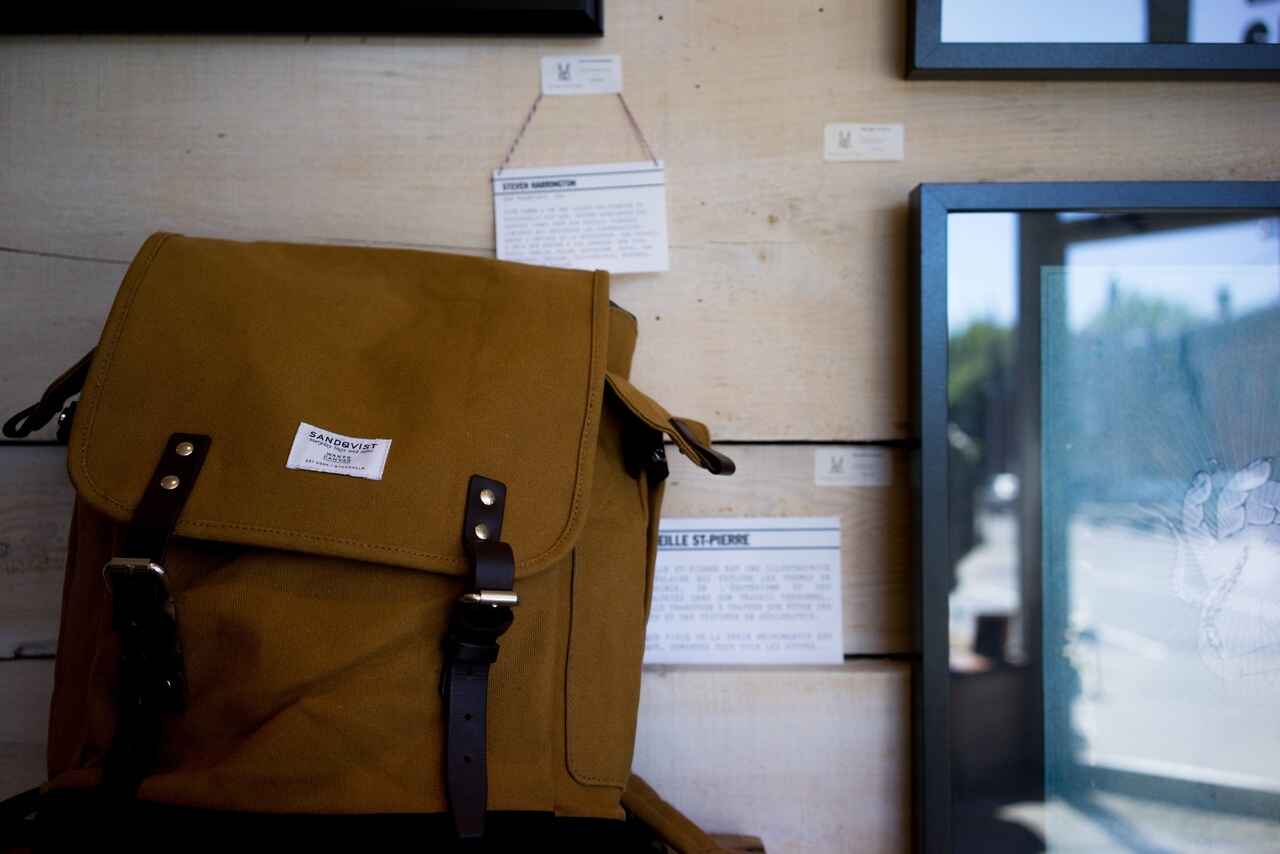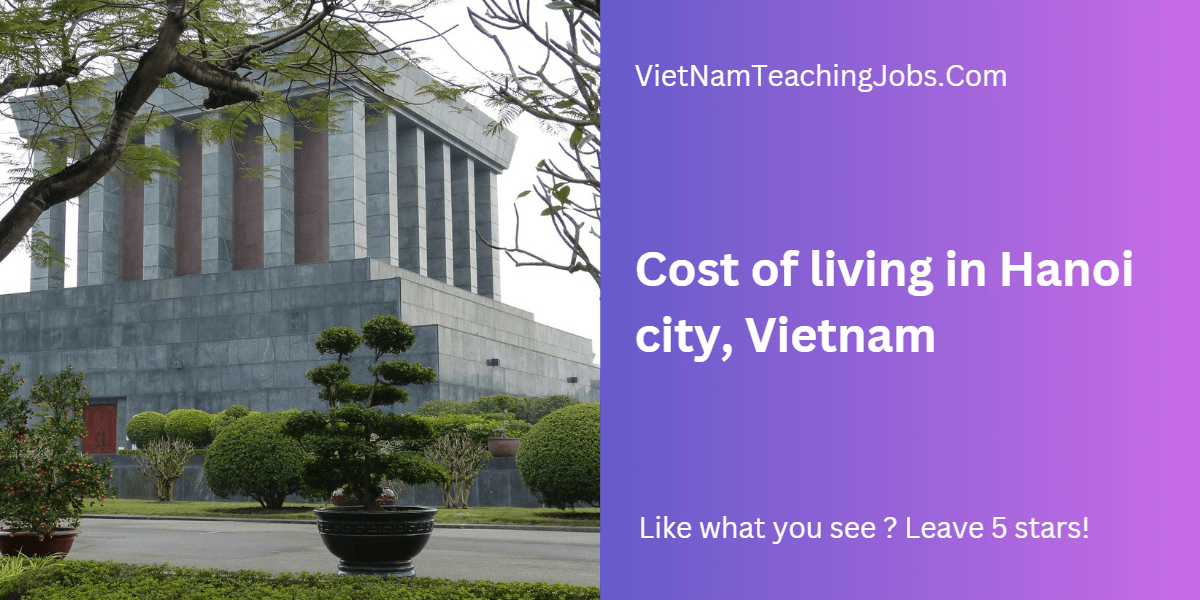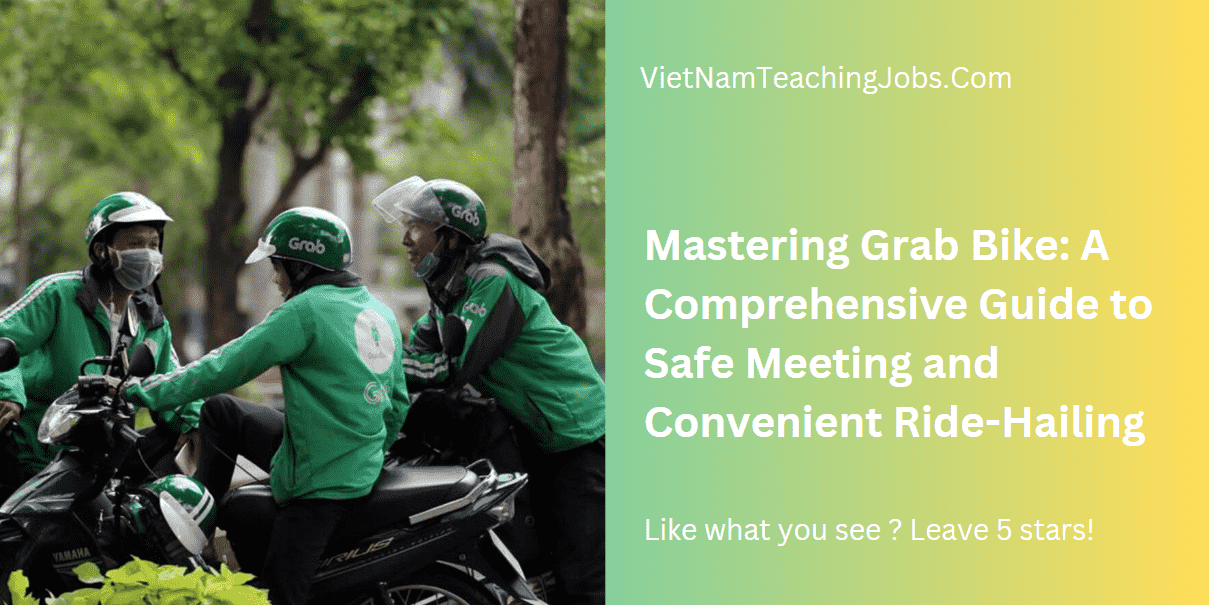Embarking on a journey outside the bustling cityscape on your motorbike can be an exhilarating adventure. Whether you’re planning a weekend getaway or a long-distance road trip, ensuring your motorbike is properly prepared is essential for a smooth and enjoyable ride. From conducting thorough maintenance checks to packing the necessary essentials, here’s a detailed guide on how to prepare your motorbike for leaving the city.
 Essential Motorbike Maintenance and Preparation Guide for Leaving the City – Image: Pxhere
Essential Motorbike Maintenance and Preparation Guide for Leaving the City – Image: Pxhere
Maintenance Checks
Before hitting the open road, it’s crucial to perform a comprehensive inspection of your motorbike to address any potential issues that may arise during your journey. You can take your bike to the local garage and let them know you are going on a trip and would like a check – you will find that many are very thorough and really check your whole bike. However, you may also like to check through yourself as a back up as it is much easier to sort out your bike while in a large town/city than in a remote village. The key areas to focus on are:
Oil and Fluids
Although you should regularly check the oil anyhow, it is easy to forget! This is a very simple process and is simply taking out the oil stick which is located at the side of the bike ( if you are not sure where this is then there are a variety of simple videos explaining step by step ) When looking, you are checking the oil level and condition, ensuring it is clean and at the appropriate level. In addition, Inspect other fluids such as coolant, brake fluid, and transmission fluid, topping up or replacing them if necessary.
Brakes
It is vital to test the brakes to ensure they are responsive and functioning properly – although they may seem alright when pottering around the city you may find that they are not so secure when out on larger and faster roads. In addition to testing, whilst driving / stationary, it is important to check the brake pads for wear and tear and replace them if they are worn down.
Tyres
This is the most typical area which can be problematic when out on a road trip. It is important to carefully Inspect the tyre tread depth and condition, looking for signs of wear, punctures, or cracks- you may be surprised to find that your tyres are not as good as you thought once you start to look closely! Tyres tread depth can easily be missed when you are only in the town as the roads are typically flat and smooth and there is little scope for skidding. Make sure that there is enough tread so that the bike is safe when going faster or on rough roads etc. Although your tyres may seem to be fine, take them to be inflated ( this can be done at many places along the road and typically costs 5,000 VND for both tyres ) so that they have optimal grip and stability on the road.
Read more: You can travel by limousine in Vietnam and here’s how to do it
Lights and Signals
These are an important area – not only for safety but also for the benefit of traffic police – as this is the most common area that people get a fine for ( as it is very easy to spot that lights and signals are not working ) Test all lights, including headlights, taillights, brake lights, and turn signals, to ensure they are working correctly. Replace any bulbs that are burnt out or dim to maintain visibility and safety on the road.
Chain and Sprockets
Another very easy thing to check are the chain and sprockets – check the chain tension ( make sure that it is tight enough and not hanging down ) and lubrication ( i.e. that it is not dry and rusty and is able to move smoothly on the chain ). If the chain is dry and rusty simply squirt a bit of oil on it to lubricate it. Inspect the sprockets ( the sticking-out parts which the chain clamps onto) for signs of wear and replace them if necessary to maintain proper chain alignment.
Battery
Test the battery voltage and connections to ensure they are secure and functioning properly. Clean any corrosion from the terminals and if you are unsure really make sure that you take your bike to the garage as without a working battery you will have severe problems on the road.
Suspension
The suspension is that part that makes sure your bike responds appropriately to the lumps and bumps in the road and is something that may have a problem but not be very obvious when only driving on smooth roads in towns or cities. Inspect the suspension components for leaks, damage, or excessive wear. Check the fork seals and shocks for signs of oil leakage, and make sure that if you see something broken you take your bike along to the garage before your trip.
Read more: How To Use Grab Taxi in Vietnam + Alternatives: A Complete Guide
Essential Items to Pack
 List of items and permits you need to prepare
List of items and permits you need to prepare
In addition to preparing your motorbike, it’s essential to pack the necessary items to ensure your safety and comfort during your journey. Here’s a checklist of essential items to take with you:
Blue Registration Card and Motorbike Insurance
Carry your motorbike’s registration card, driver’s license and proof of insurance with you at all times to comply with legal requirements. Remember that your blue card is a major part of the value of your bike so do not simply throw it in your pocket but properly pack it in your luggage and keep a photocopy in your wallet – then if you are stopped you can show the photocopy and if needed you can show the original.
Emergency Contact Information
Keep a list of emergency contact numbers in case of accidents – this includes your personal health insurance information as well as numbers of people who can assist you if there is a problem ( making sure that you have the phone number of at least one person who speaks fluent Vietnamese as the further you go away from major towns or cities, the less English is spoken) It is important to have this information on paper in your luggage as well as on your phone – as if you have an accident your phone may easily break so it is important to have back up information.
First Aid Kit
Although you hope it won’t be needed, it is important to make sure that you carry a well-stocked first aid kit containing bandages, antiseptic wipes, pain relievers, and other essential medical supplies to address minor injuries or medical emergencies during your journey.
Read more: Top 10 cheap backpacking supplies shops in Hanoi
Handling Breakdowns
Despite thorough preparation, unexpected breakdowns or mechanical issues may still occur while you’re out of the city. Here’s what to do if your motorbike breaks down:
Move to a Safe Location
If your motorbike breaks down, move it to a safe location away from traffic – if you have your motorbike at the side of the road make sure that you are standing on the side out of the road to avoid getting hit.
Assess the Problem
Try to diagnose the issue as much as you can – check for any obvious signs of damage or malfunction, such as flat tyres, loose connections, or fluid leaks – sometimes it can be something as simple as a wire having shaken loose and you can push it back on which will enable you to get to the nearest motorbike shop.
Getting Assistance
You will find that people are very happy to help you out when you are stuck – you will find that someone will come along to help you if you break down and if no one does, then simply push your bike along until you find someone and ask them for help ( it is very obvious with sign language if you don’t speak any Vietnamese! )
At the very least they will be able to point you in the direction of the nearest motorbike shop – the good thing is that there are a lot of repair shops so you won’t need to push your bike that far.
In conclusion, preparing your motorbike for a journey outside the city requires thorough maintenance checks, essential packing, and knowledge of how to handle breakdowns effectively. By following this detailed guide and being proactive in your preparations, you can enjoy a safe and enjoyable ride while exploring new and exciting destinations.




